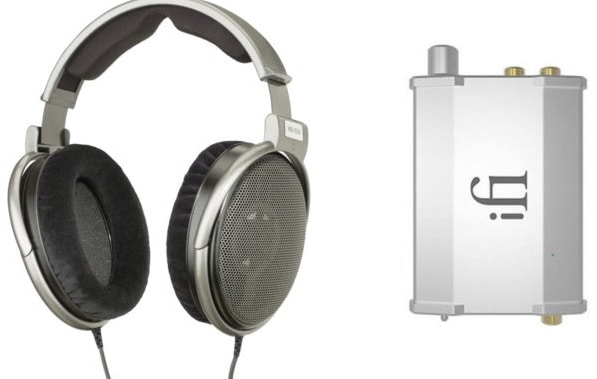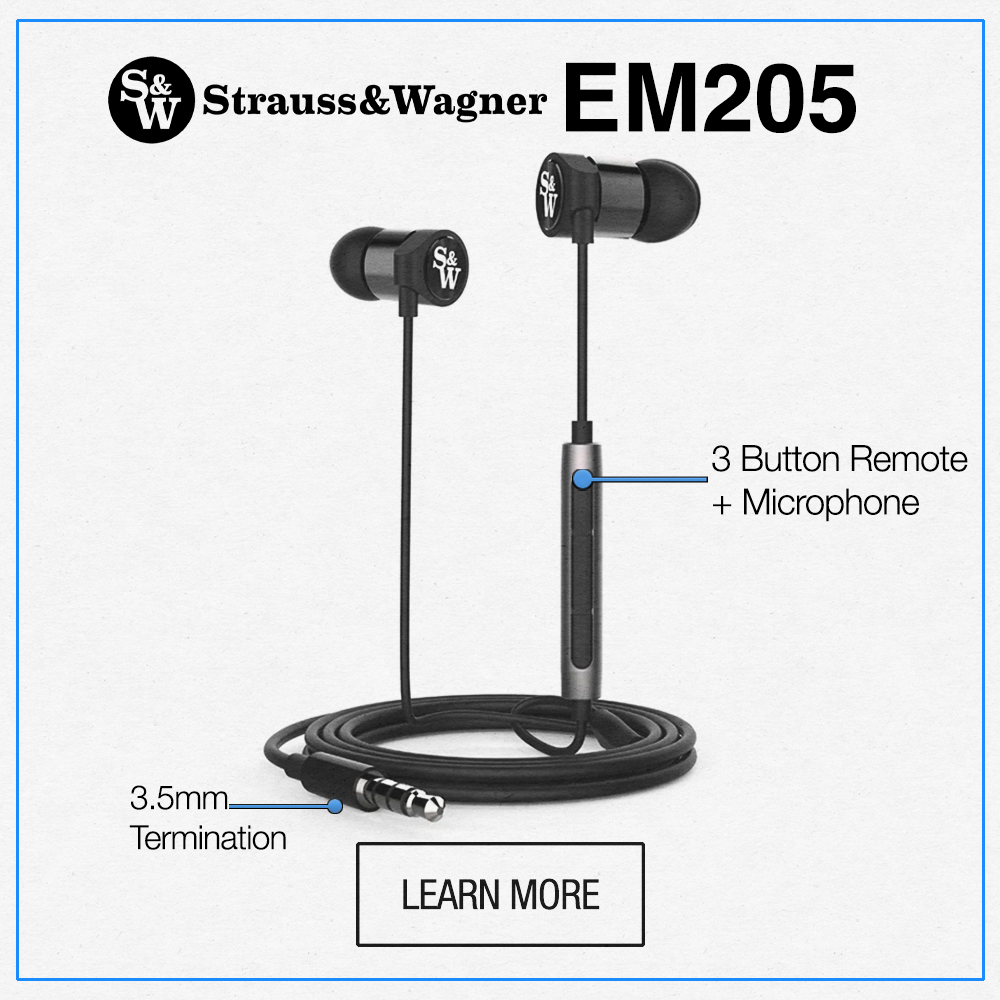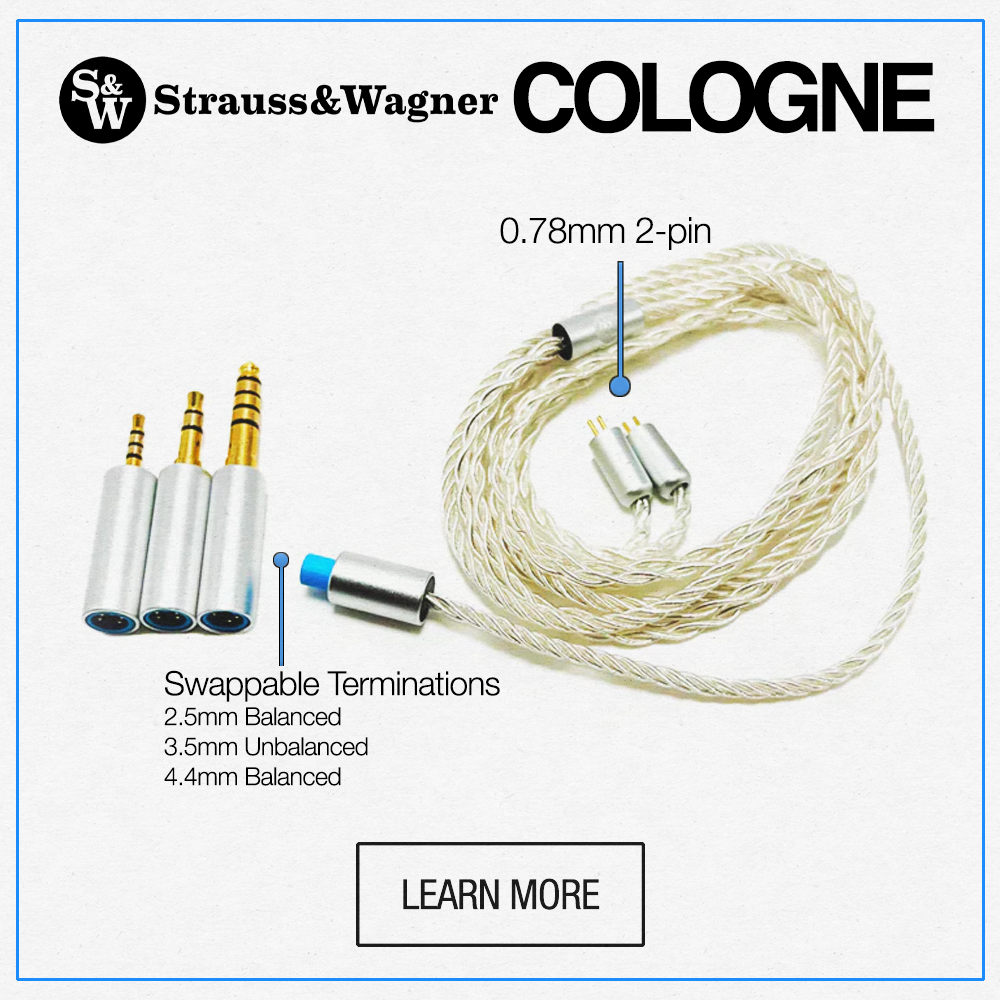Hey there, newbie! If you’re checking out this article I’m assuming you are new to the headphone game. Congrats! Enjoy this “2017 Beginner Audiophile Setup, Headphones, Terminology” article made especially for you.
2017 Beginner Audiophile Setup, Headphones, Terminology
First, let’s get into what exactly is an audiophile? Webster says…
audiophile
noun au·dio·phile \ ˈȯ-dē-ō-ˌfī(-ə)l \
a person who is enthusiastic about high-fidelity sound reproduction
Translation, this is an individual willing to go to great lengths to hear audio at its best. Granted, for some, this can cost thousands of dollars because we all have very different hearing profiles making everyone’s listening experience super subjective. Regardless, there are a number of different headphones and accessories so that everyone can find their level of perfect playback.
2017 Beginner Audiophile Setup – Headphone Components
Drivers create sound in headphones (and speakers) through electrical signals. Drivers consist of a diaphragm, magnet, and electrical current.
Dynamic Driver (voice coil): This is the most common type of driver. The voice coil is attached to the diaphragm which is suspended in the middle of a magnetic field created by a stationary magnet and the voice coil once current is running through the headphone. In turn, this causes the diaphragm to fluctuate, moving the air around it, and subsequently creating sound.
Balanced Armature (BA): This type of driver is comprised of an arm (balanced armature) positioned on the inside of a magnetic coil. This arm is positioned between two magnets and also attached to the diaphragm. Changes in the electrical current that is passed through this unit then causes the armature to move between the two magnets, this moves the diaphragm and sound is created. BAs do not displace air like a dynamic driver so there is a very low bass response. This type of driver is also rather small which is why in-ear monitors (IEMs) can hold multiple BAs.
Planar Magnetic: This type of driver works similarly to a dynamic driver, but instead of moving a voice coil that then vibrates the diaphragm, a planar headphone nixes the voice coil and the diaphragm is directly affected by the magnetic field and this creates sound.
*Two additional type of headphone drivers include electrostatic and bone conduction
2017 Beginner Audiophile Setup – Type of Headphone
Closed-back: This type of headphone features a fully enclosed ear cup. This is more commonly found in portable headphones so there’s minimal sound leakage and better sound isolation. This type of headphone retains the low-end better than a vented headphone. It usually favors EDM, hip-hop, and other bass heavy genres.
Open-back: This type of headphone is built with vents into the back of the headphone. This allows air to move through the earcup which opens up the music so it sounds less “compact” and more… open! Subsequently, this type of headphone favors classical, jazz, and other instrument-based genres. By construction, this type of headphone normally requires an amp and is better suited for indoor use as sound leaks out and seeps in through the vents.
2017 Beginner Audiophile Setup – Terminology
Impedance: This is the power required to drive the headphone. It is measured in ohms. Low impedance headphones can be driven by mobile devices much easier than those with a higher impedance. Upwards of about 50 ohms requires an amp.
Amplifier (amp): Device used to increase the power of a signal. Headphones with a high impedance require an amplifier to supply more power to the headphone and properly drive it
Digital-Analog-Converter (DAC): Device converts a digital signal to an analog signal. Analog recordings are the types you’d find on a record or cassette. A DAC basically analyzes the digital binary format as close and reproduces the digital binary format to analog. In terms of sound, every headphone can benefit from a DAC. I think of the digital signal as little snapshots of the music (due to compression) and the DAC as smoothing those snapshots out.
Now that you know the basics, you’ll need to consider the kind of hifi experience you’re looking for (at home or on-the-go) while also taking into account the type of headphone you’re looking for (closed back, open-back, portable, at home use).
2017 Beginner Audiophile Setup – Physical Setup
As I mentioned earlier, headphones indicate the amount of power needed to drive them by their impedance. Earbuds and headphones usually have a lower impedance while higher quality closed or open-back headphones are at a higher impedance and require more power to drive smoothly. It’s kinda like a car. Luxury cars require premium gas to run, which is subsequently more expensive. In terms of headphones, more power can be acquired through an amp or DAC-amp combo device.
On the market you’ll find amplifiers and DAC-amps. The amplifier is solely for boosting the volume. A DAC-amp combo will do that in addition to “smoothing” out the music for a cleaner sound. Also, some DACs allow for customization like bass boost and 3D-like sound.
Here’s the setup breakdown:
music source (phone, player, smart device)–> amplifier–> headphone
| ^
| |
| |
V————————–> DAC ————————————>
Now that you understand the fundamentals, it’s time to get shopping. If you’re just starting out, I personally don’t think there is any need to rush out and by the most expensive headphone. Buy a pair that you’ve researched and think you might like. Find a local dealer or place where you can sample these cans. Listen to a few different songs (especially your faves) and sample these songs on each headphone. This way you can pick up on the slight differences between them. Based on the one you like then look into various amplifiers and DACs. A sweet portable and simple to use DAC-amp is DragonFly Black ($99 at Audio 46 and Amazon). It’s pretty powerful and any headphone can benefit from it. DragonFly Black can support up a 250 ohm headphone pretty well. If you want a smoother drive, DragonFly Red is more powerful ($199 at Audio 46 and Amazon). Of course, this is just my suggestions. There are plenty on the market, so feel free to do additional research based on your needs and budget. Happy Hunting!
P.S. Do you have any additional tips or questions regarding our “2017 Beginner Audiophile Setup” article?
Compare the ranking of various headphones, earbuds and in-ear monitors using our tools.
Discuss this, and much more, over on our forum.
---
MAJORHIFI may receive commissions from retail offers.














